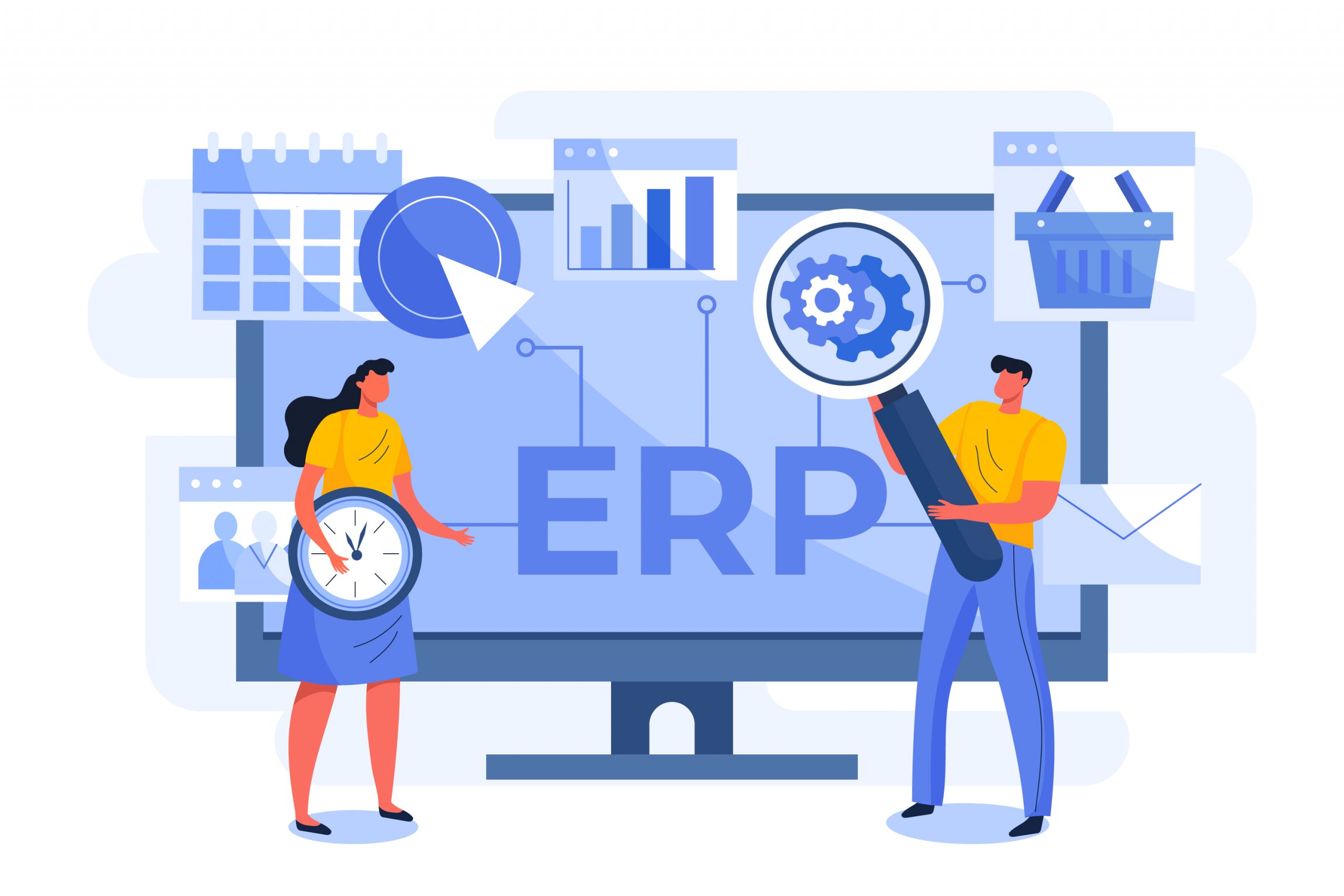Navigating ERP systems can seem daunting for newcomers, but understanding the basics can simplify the process and enhance your organization’s efficiency. ERP (Enterprise Resource Planning) systems integrate various business processes into one unified platform, streamlining operations and improving data accuracy. This beginner’s guide will help you navigate ERP systems effectively.
1. Understanding ERP Systems
To start navigating ERP systems, it’s essential to understand what an ERP system is and what it does. ERP systems consolidate business functions such as finance, human resources, supply chain management, and customer relations into a single software solution. This integration helps organizations manage their resources more efficiently, providing real-time data and insights that support informed decision-making.
2. Choosing the Right ERP System
Choosing the right ERP system is a critical step in navigating ERP systems successfully. Consider factors such as the size of your organization, industry requirements, and specific business needs when evaluating different ERP solutions. Look for systems that offer scalability, customization options, and strong support services. Consulting with ERP experts or using ERP comparison tools can help you make an informed decision.
3. Implementing Your ERP System
Effective implementation is key to navigating ERP systems smoothly. Develop a clear implementation plan that outlines the stages of deployment, from data migration and system configuration to user training and go-live. Involve key stakeholders and end-users in the process to ensure their needs are met and to foster acceptance of the new system. Proper planning and execution can minimize disruptions and facilitate a successful transition.
4. Training and Support
Training and support are crucial for navigating ERP systems successfully. Ensure that your team receives comprehensive training on how to use the ERP system effectively. This includes understanding the system’s features, navigating its interface, and utilizing its tools to perform daily tasks. Ongoing support is also important to address any issues that arise and to keep your team updated on new features or system enhancements.
5. Evaluating and Optimizing ERP Performance
Once your ERP system is up and running, it’s important to continuously evaluate and optimize its performance. Monitor key performance indicators (KPIs) and gather feedback from users to identify areas for improvement. Regularly review system updates and enhancements to ensure that the ERP system continues to meet your organization’s evolving needs. Optimizing ERP performance helps maximize the return on your investment and enhances overall efficiency.
Conclusion
Navigating ERP systems can be straightforward with the right approach. By understanding the basics, choosing the appropriate system, implementing it effectively, and providing ongoing training and support, you can leverage ERP systems to streamline your operations and improve business performance. For more guidance on ERP systems, visit Bedots.
Read more: ERP Evolution: Legacy to Cloud



